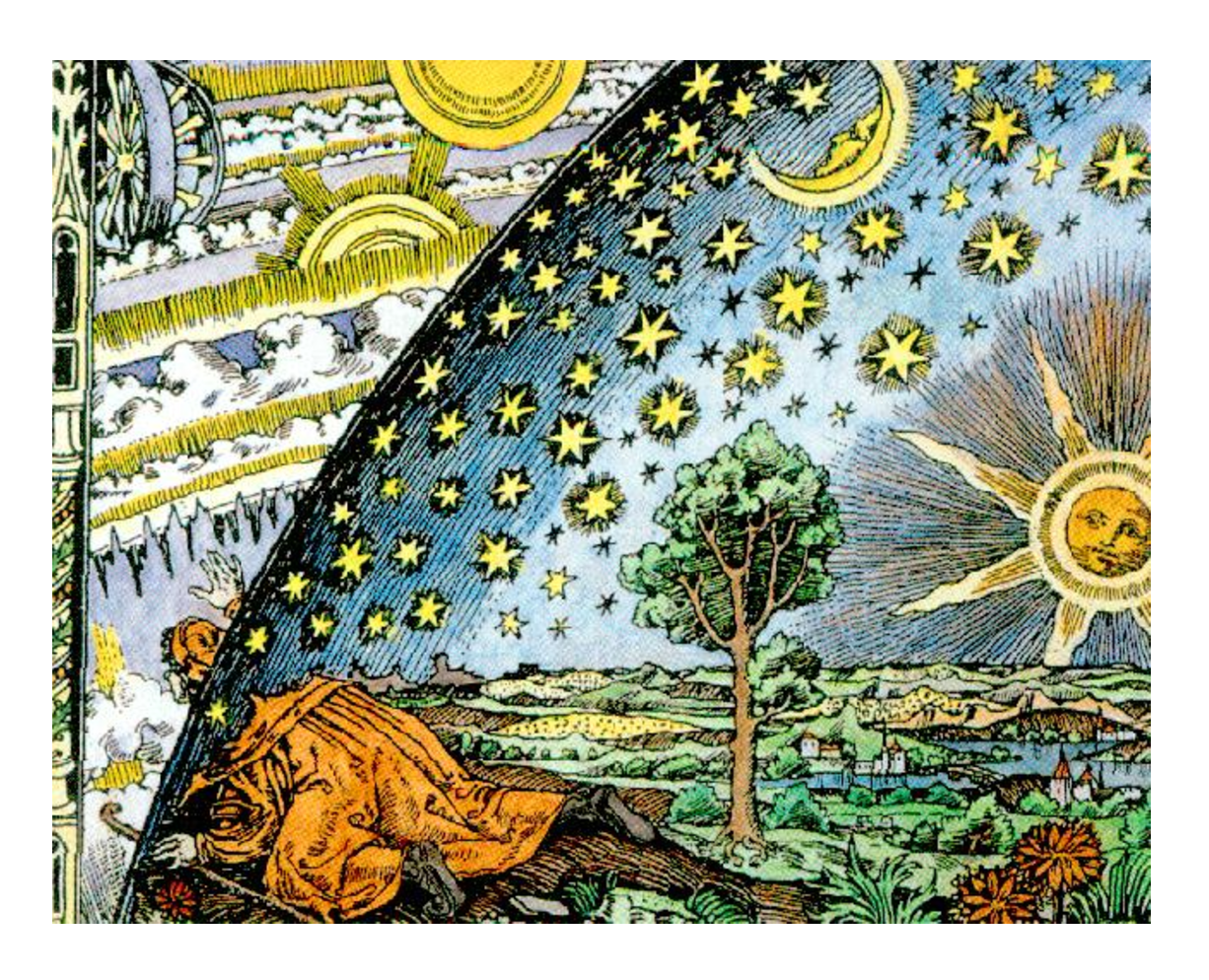Sometimes it’s hard to tell what’s a fact, what’s a wild guess, and what qualifies as a valid scientific theory. Folks often use the word “fact” to mean something that they really believe in — not necessarily something that can be shown to be objectively true. And “theory?” I see that used all the time to mean “a wild guess.”
I’ve had folks insist that “gravity is a fact!” Well, no, actually. Fall-down-go-boom is a fact. Gravity is a theory about why stuff falls down. And there have been a number of different theories of gravity, from the ancient Greeks right up to today!
Here’s an excerpt from my little book: Why Stuff Falls Down — The Story of Science and Gravity From Aristotle to Einstein Told in Plain English.
Facts, Hypotheses, Theories (and Gravity)
Before we get started we need to clear up the difference between what a fact is, what a hypothesis is, and what a theory is.
Facts are raw data. Every time I hold a bowling ball chest high and just let it go, it falls down and smacks the floor. And it smacks the bowling alley’s pretty maple slats at my feet with the same force each time I drop the ball from chest height. That is, until the manager throws me out. So, it is a fact that when I let go of a bowling ball at chest height, it falls downwards and smacks the floor.
“Hypothesis” is a fancy word for an educated guess. A hypothesis is some idea we humans come up with to explain the facts. It takes in the facts about real-world phenomena (like falling bowling balls) and sets out a system of ideas to explain how or why those facts occur. Any hypothesis worth its salt has to make some unique predictions that can be tested. A hypothesis is a proposed theory that has yet to be tested.
A theory, on the other hand, is a hypothesis that has been tested and supported. If any of the predictions that a hypothesis makes fail a real-world test, it doesn’t make the cut. A theory is a successful set of ideas that explain how or why the facts occur. A theory does the explaining. A theory is how we humans strive to understand the facts that nature puts in front of us. The facts just keep rolling along, whether our current theory about them is rock solid, or rickety as an old 3-legged fruit picker’s ladder.
Warning: In this little book, I am using a fairly strict “scientific method” definition of the word “theory.” In daily conversation, and even in science literature, the word “theory” is often used to mean a guess. In daily conversation, “theory” often means what should really be called a “hypothesis.” But in serious science, you don’t get to call your wild idea a theory unless it makes unique predictions that are supported by experimental results.
…
And gravity? Gravity is the term we use when we are talking about how, or why, stuff is pulled downwards. Gravity is not the bowling ball falling down. Gravity is the explanation for how or why a bowling ball falls down when you let go of it. The bowling ball dropping to the floor is a fact. Gravity is a theory.
Over the millennia, folks have come up with quite a few different theories about gravity. Each theory gets tested against reality and that’s when the theory shows just how solid, or rickety, it really is. As you will see shortly, it sometimes takes centuries before anybody bothers to do any serious testing. But hey, each theory was made by a celebrated genius and only a crazy person wants to go up against a celebrated genius, right?
Come along with me, and let’s take a look at what these “geniuses” said about why stuff falls down.
If you are curious about the book, check out the website: https://www.whatacuriousworld.com/


Leave a Reply